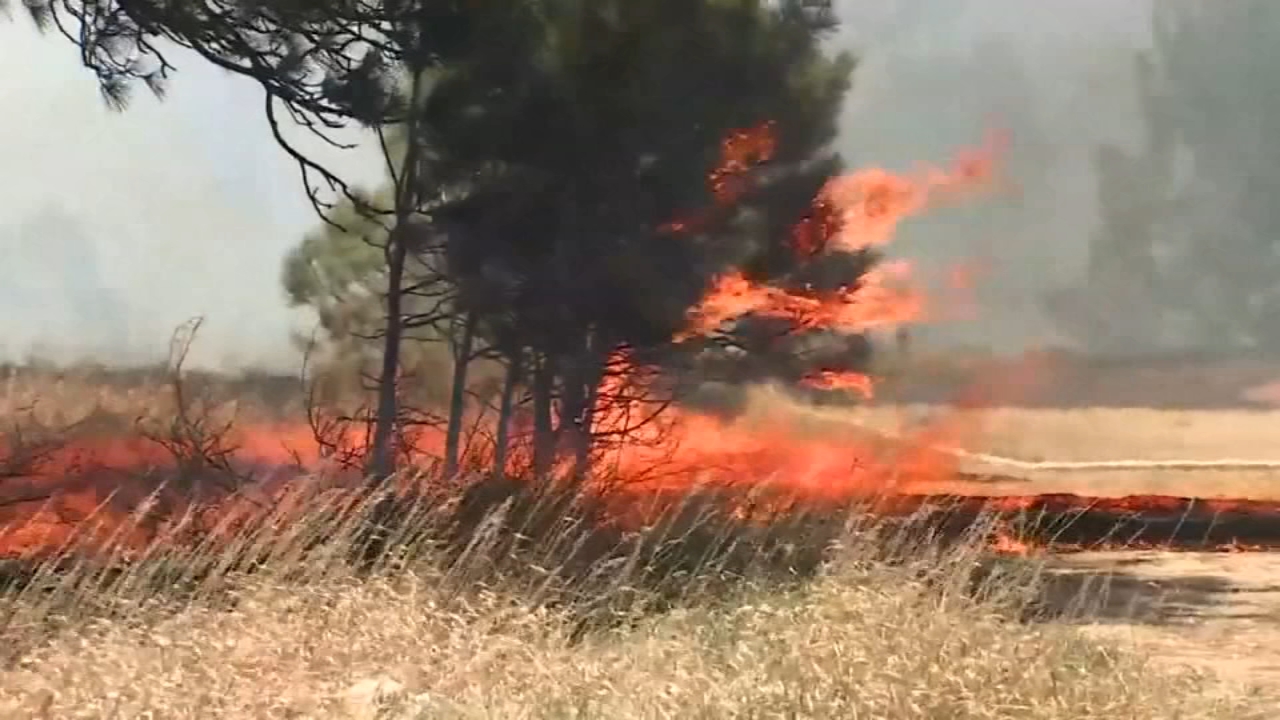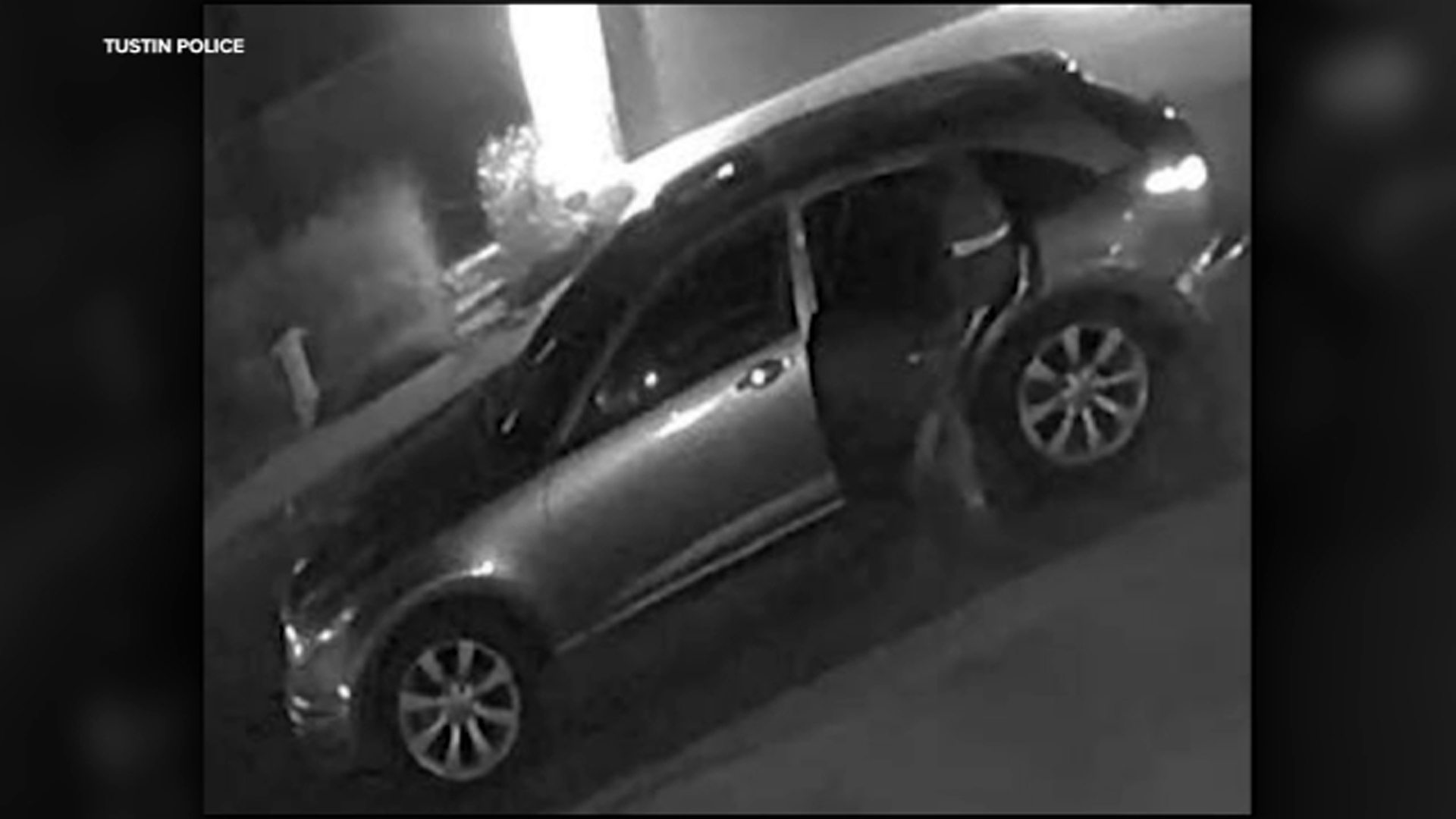Six years after Parkland school massacre, the bloodstained building will finally be demolished
PARKLAND, Fla -- The three-story building where 17 people died in the 2018 mass shooting at Parkland's Marjory Stoneman Douglas High School looms over campus behind a screened fence, a horrific and constant reminder to students, teachers, the victims' families and passersby.
But now after serving as evidence at the murderer's trial, the building's destruction starts Friday as crews begin bringing it down piece by piece - implosion would have damaged nearby structures. The demolition had been scheduled to begin Thursday morning, but heavy rain and flooding in South Florida led officials to postpone the project until Friday.
Officials plan to complete the weekslong project before the school's 3,300 students return in August from summer vacation. Most were in elementary school when the shooting happened.
"Whenever I would walk past it, it was just kind of eerie," said Aisha Hashmi, who graduated this month. She was in sixth grade in February 2018, but her older siblings were on campus.
She said when the wind blew back the fence's screening, students would get a glimpse through windows into the empty classrooms and corridors. "It is heartbreaking to see and then have to go sit in your English class."
The victims' families have been invited to witness the first blows to the building and hammer off a piece if they wish. They have divergent views about the demolition.
"I want the building gone," said Lori Alhadeff, whose 14-year-old daughter Alyssa died there. Alhadeff was elected to the Broward County school board after the massacre and now serves as its chair. "It's one more step in the healing process for me and my family. My son still goes to school there, and he has to walk past that building where his sister died."
But other parents, like Max Schachter and Tony Montalto, hoped the building would be preserved. Over the last year, they, Alhadeff and others have led Vice President Kamala Harris, members of Congress, school officials, police officers and about 500 other invitees from around the country on tours of it. They mostly demonstrated how improved safety measures like bullet-resistant glass in door windows, a better alarm system and doors that lock from the inside could have saved lives.
Those who have taken the tour have called it gut-wrenching as something of a time capsule of Feb. 14, 2018, with bullet-pocked walls and bloodstained floors. Textbooks and laptops sat open on desks, and wilted Valentine's Day flowers, deflated balloons and abandoned teddy bears were scattered amid broken glass. Those objects have now been removed.
Schachter, whose 14-year-old son Alex died, said that while each tour was "excruciatingly painful," he believes the safety improvements that visitors implemented elsewhere made keeping the building worthwhile.
For example, Utah's Legislature approved a multimillion-dollar school safety program this year after lawmakers visited and met with Parkland families. It called for installing panic buttons, threat-reporting software and better security at school entrances. That law and another were criticized by some for allowing and incentivizing school employees to carry firearms on campus.
"We have museums and we have (historic) sites that that have stood for individuals to learn and to understand what happened," Schachter said.
Broward is not alone in taking down a school building after a mass shooting. In Connecticut, Sandy Hook Elementary School was torn down after the 2012 shooting and replaced. In Texas, officials closed Robb Elementary in Uvalde after the 2022 shooting there and plan to demolish it. Colorado's Columbine High had its library demolished after the 1999 shooting.
The Broward school board has not decided what the building will be replaced with. Teachers suggested a practice field for the band, Junior ROTC and other groups, connected by a landscaped pathway to a nearby memorial that was erected a few years ago. Several of the students killed belonged to the band or JROTC.
Montalto, whose 14-year-old daughter Gina died in the shooting, would like to see a memorial take over the space, replacing the earlier one, which he said was supposed to be temporary.
"We are part of the community, too," he said.
The building, erected about 20 years ago, couldn't be demolished earlier because prosecutors had jurors tour it during the shooter's 2022 penalty trial. The jurors were warned it would be emotionally difficult, and at least one left the building in tears.
The murderer had a long history of bizarre and sometimes violent behavior that spurred numerous home visits by Broward sheriff's deputies. He was spared the death penalty, receiving a sentence of life without parole.
Prosecutors also wanted jurors to tour part of the building during last year's trial of Scot Peterson, the on-campus sheriff's deputy who was accused of child abuse for failing to enter it and confront the shooter. He told investigators that because of echoes, he couldn't pinpoint the shooter's location. The judge rejected the prosecution's request as too prejudicial and unnecessary.
Peterson was acquitted, but the families and survivors are still suing him and the Broward Sheriff's Office.
When the destruction of the building starts Friday, "I'm going to be thinking about all of the failures from that day that contributed to the Parkland murderer coming on that campus, Valentine's Day 2018, and murdering Alex and 16 others," Schachter said.





